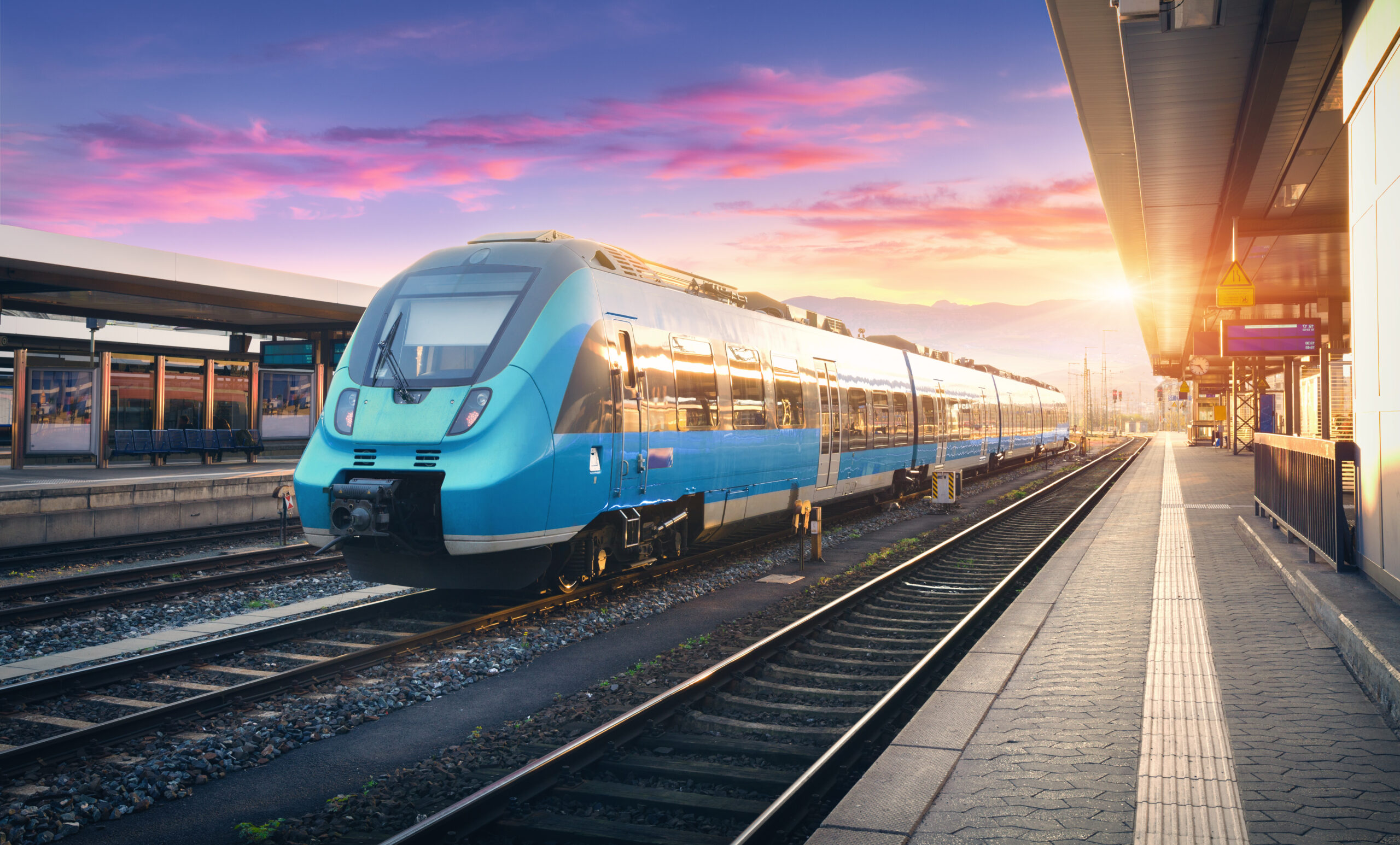
Europe is very close to making a huge move for its railway industry. A test by Italian firm IronLev has provided successful examples of how a magnetic levitation train, or maglev, might work on already existing train tracks. This is a huge boon, as the maglev demo proves that Europe could utilize the more than 360,000 kilometers (224,000 miles) of rail tracks found in Europe’s rail system.
There are, of course, several benefits to using maglev over traditional trains, such as the one seen in the header image at the top of this article. Traditional trains, even those that are classified as “high speed,” require more energy and also create more vibrations and noise. With a maglev train, though, the vehicle is actually hovering on a cushion of air, meaning it has less resistance and makes less noise.
The really exciting thing about IronLev’s latest maglev demo is the fact that the company says no modifications were made to the tracks that they tested it on. This means they were able to accomplish hitting speeds of 70 kilometers per hour on normal tracks without having to make any changes.
That means the European rail system likely wouldn’t need to make any other changes on other parts of the track, making it easier to adopt newer technology like that found in maglev designs. You can, of course, see the video of the demo for yourself in the video that I’ve embedded above.
Just looking at the video, it is impressive to see how far maglev trains have come, as they have been heavily researched and tested over the past several decades as a way to replace the older, noisier trains of yesteryear. If this demo proves anything, though, it hopefully proves that using maglev to replace the higher carbon-emitting trains of the past is a good move and one that won’t cost us anything beyond designing and building the trains themselves.
As it stands, maglev trains have been running for decades, with one even running in Germany during the Cold War from 1989 to 1991. Unfortunately, despite the success seen with those maglev trains, there are still only six operational maglev trains in the world today: three in China, two in South Korea, and one in Japan.
Hopefully, this maglev demo helps enlighten the train industry, and we will see more adoption of the tech going forward. This tech may also prove helpful in further advancing the development of gravity trains, which use gravity to recharge their batteries.










